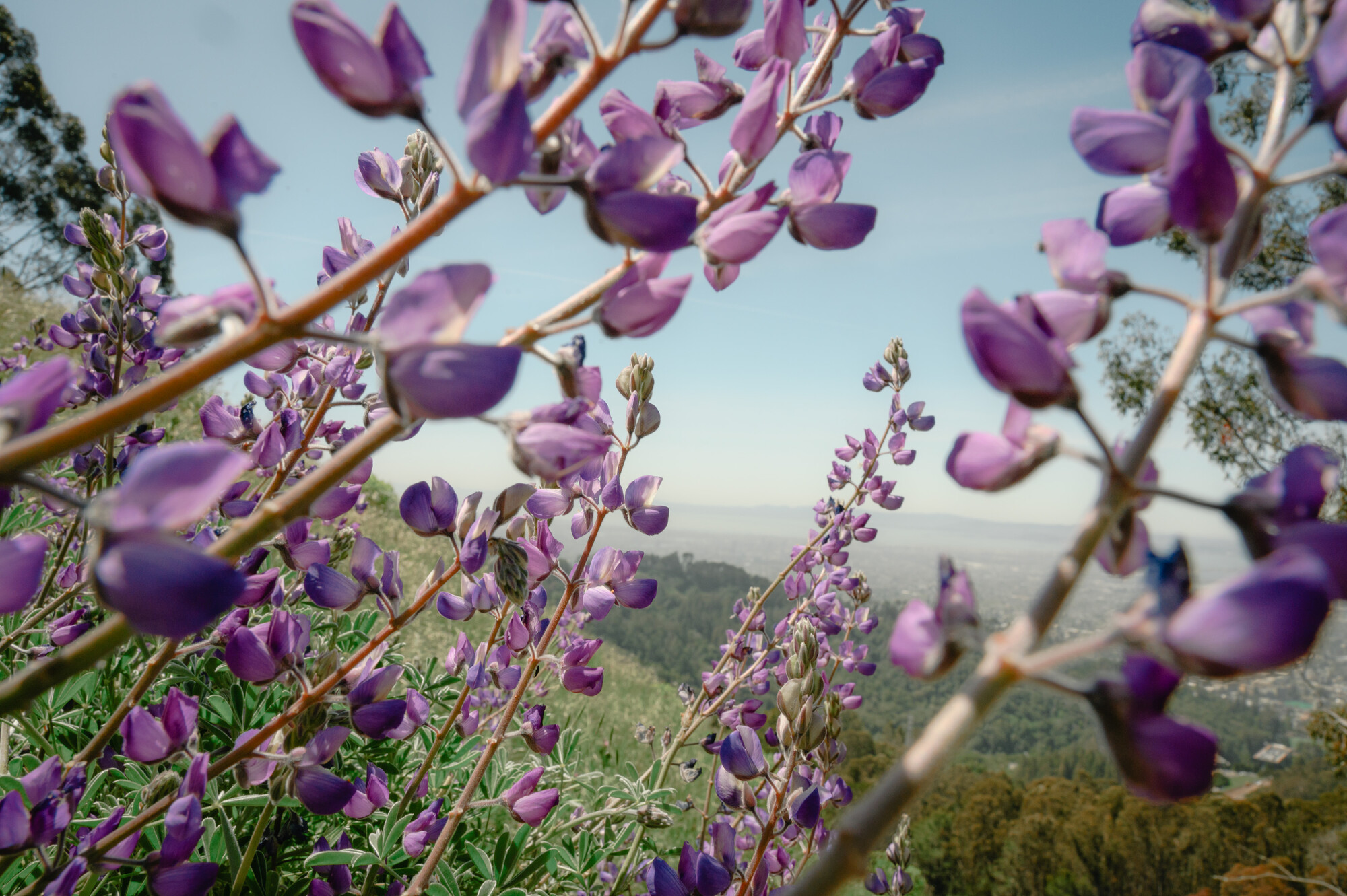Wu and her team analyzed nearly 20 years of data from 55 pollen-monitoring stations across the continental U.S. These sites, part of the National Allergy Bureau network, track airborne allergens like pollen and spores. They found that by 2022, the average fungal spore season began 22 days earlier than it did in 2003.
“The fungal spore season across the country from many sites has advanced,” said Kai Zhu, the study’s senior author and an associate professor of sustainability, environment, and ecology at the University of Michigan. “One of the places they were especially strong was actually in California,” said Dan Katz, researcher on the study and assistant professor at Cornell University.
Four out of the five stations monitored in California showed some of the strongest advancements, which were, in some cases, arriving a full month earlier than they had previously, Katz said.
The reason for this, according to Zhu, is California’s Mediterranean climate, which leads to a different spore calendar than the rest of the country. “With higher concentrations in the winter and springtime and lower in the summer. This is different from the other states, other areas where the climate is different,” Zhu said.
 Stems of purple lupine blossom along Grizzly Peak Boulevard in Berkeley, California. (Kori Suzuki/KQED)
Stems of purple lupine blossom along Grizzly Peak Boulevard in Berkeley, California. (Kori Suzuki/KQED)
Spore release is influenced by climate conditions like temperature, humidity, and wind, but responses vary by species, according to Zhu. And this shift matters to many people. A 2023 study found that roughly 1 in 5 Americans show sensitivity to fungal allergens after they analyzed clinical samples from more than 1.6 million patients in the U.S. “We know pollen is a big part [of allergy season]and that’s certainly true, but then there are 20% of people who actually suffer from fungal spore allergy,” Zhu said.
“If you’re somebody who has allergies to fungal spores, this is bad news for you because it means a longer period of exposure,” Katz said.
